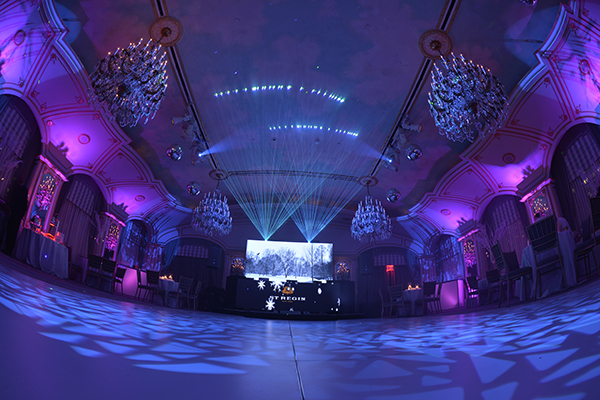Highlighting the Influence of Lighting Techniques on the Craft of Video Projections Mapping Techniques
Highlighting the Influence of Lighting Techniques on the Craft of Video Projections Mapping Techniques
Blog Article
Motion mapping projection is an exciting creative form that merges tech and creativity to convert ordinary spaces into remarkable visual exhibits. This technique entails projecting images and footage onto three-dimensional elements, such as buildings, artworks, or platforms. One of the most crucial factors in producing effective projection in the use of effective illumination techniques. Proper lighting improves the visual components of the projection and guarantees that the images are crisp and engaging. This article examines the influence of illumination methods on video mapping and how they can enhance the complete experience.
Lighting plays a crucial part in motion mapping because it sets the mood and feel of the display. Different illumination methods can elicit various emotions and reactions from the audience. For instance, using gentle, cozy lights can create a welcoming atmosphere, while bright, cool illumination may produce a more dynamic or dramatic effect. By carefully selecting light hues and brightness, creators can influence how audience interpret the projected visuals, leading to a more engaging experience. The equilibrium between mapping luminance and ambient light is essential, as it can significantly that site affect the visibility and impact of the visuals.
In addition to, hue and brightness, the angle of illumination also affects the efficacy of mapping. Illumination from different directions can generate contrast and highlights that introduce depth to the projected images. This method, known as light and shadow, can improve the 3D quality of the subjects being projected. Additionally, using dynamic illumination can add energy to the display, making the experience more engaging for visit this website the audience. When the light interacts with the projected visuals, it can create an illusion of movement and transformation, capturing the audience's attention.
Another essential aspect of lighting in projection is the use of special effects. Techniques such as gobo lighting, which uses shapes and shapes to project light, can introduce depth and intricacy to the mapping. This method allows artists to layer images and create visually stunning effects that enhance the projection. Additionally, incorporating lasers or light-emitting diode lights can additionally enhance the exhibit, offering a distinct blend of sight components that attract the viewers in. These unique features, when used carefully, can transform the mapping into a simple show to an immersive work of art.
In conclusion, the influence of illumination methods on motion projection is profound. By understanding how different lighting components interact with projected visuals, creators can produce enthralling experiences that resonate with viewers. The careful choosing of hue, brightness, direction, and unique features allows for a rich tapestry of visual narrative. As tech advances to evolve, the options for artistic expression in mapping will only expand, making lighting an ever-important component in this innovative creative medium.